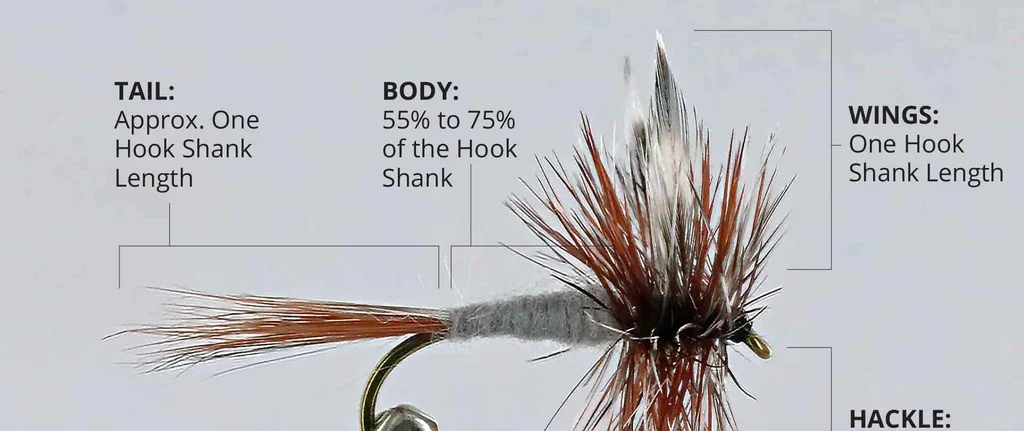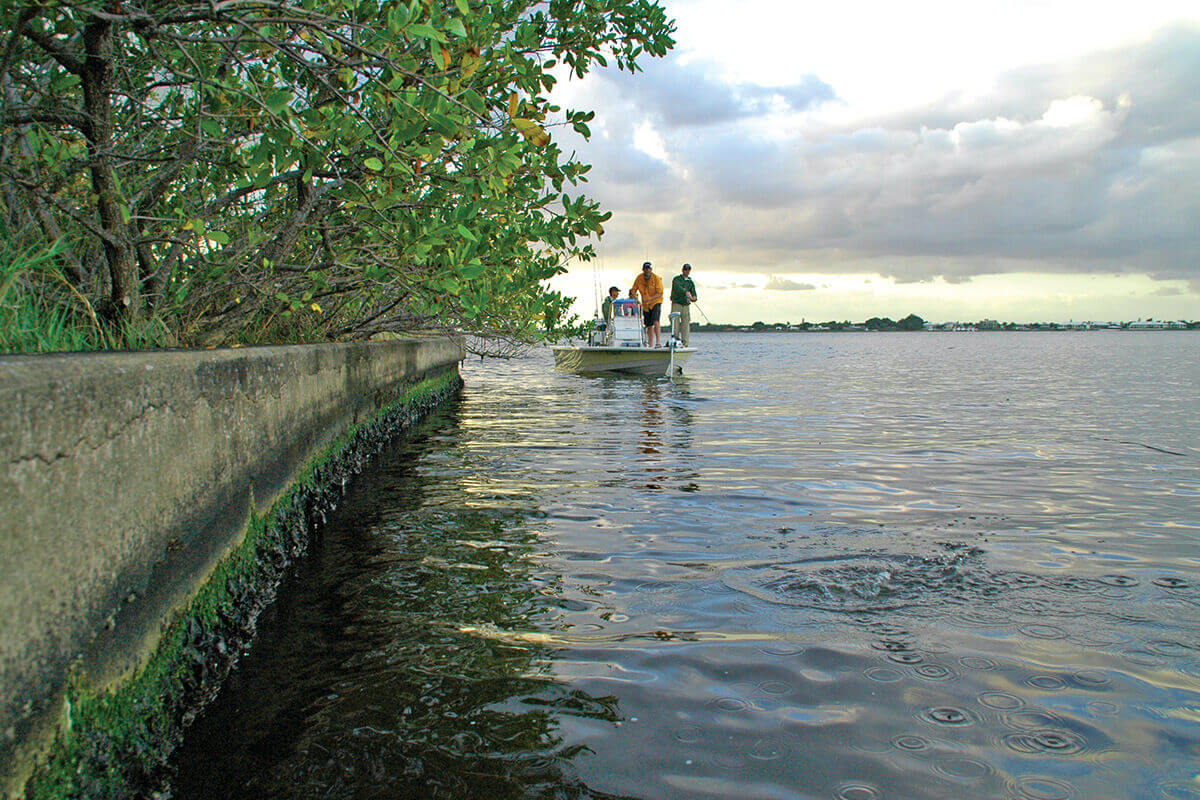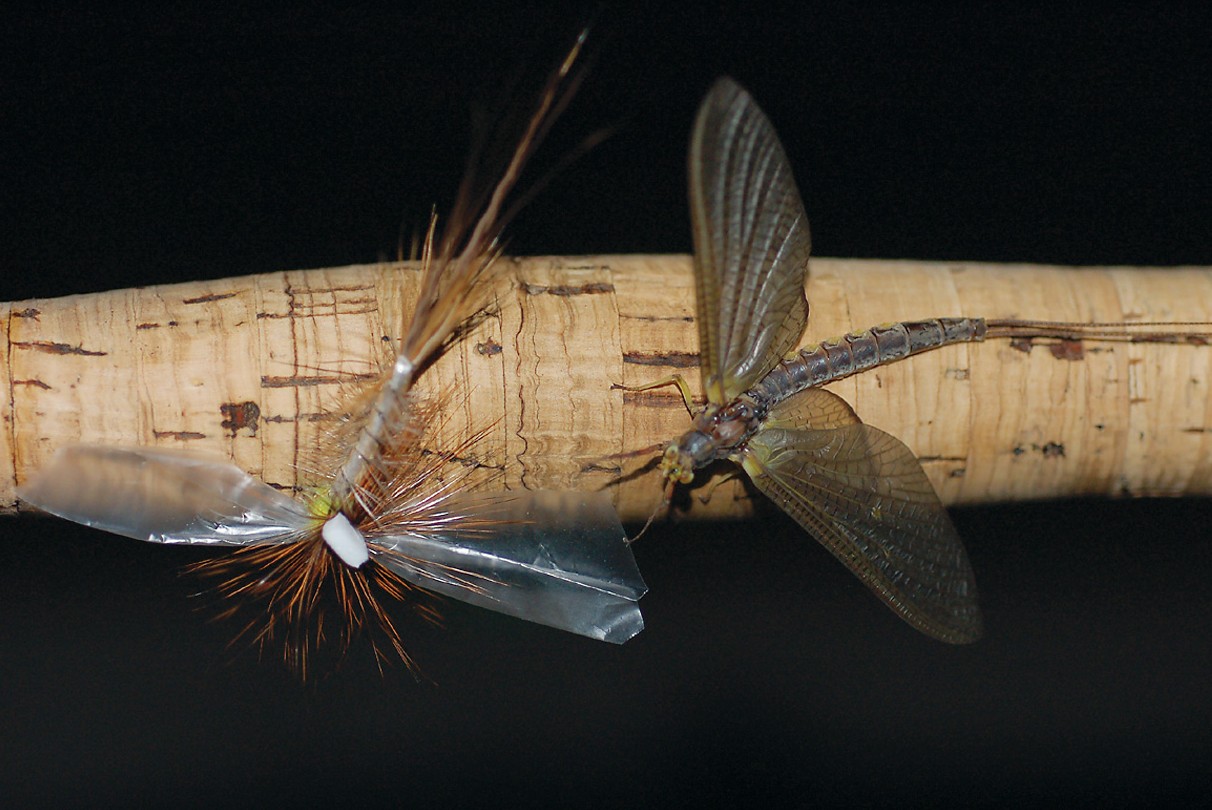Trout fishing is not just a hobby but a deeply rewarding pursuit that requires knowledge, skill, and patience. Whether you’re a beginner or an experienced angler, understanding and mastering specific techniques can significantly increase your success in catching these elusive fish. This guide will explore various methods tailored to different situations and environments, ensuring you have the tools needed to tackle any trout fishing scenario.
Table of Contents
ToggleFly Fishing Techniques
Fly fishing is often considered the pinnacle of trout fishing due to its elegance and the skill required. Here are some essential techniques to master:
Casting Upstream
Casting upstream is a fundamental technique in fly fishing, especially in rivers and streams where trout naturally face into the current to feed. By casting your fly upstream of the trout’s position, you allow it to drift naturally downstream, mimicking the movement of insects. This approach not only makes your fly look more authentic but also gives you a better chance of avoiding detection by the fish
To execute this technique effectively, ensure that your cast lands gently on the water. The goal is to avoid startling the fish with a heavy splash. Once your fly is in the water, pay close attention to the drift. A natural drift without drag (the line pulling the fly unnaturally) is crucial. This brings us to the next important technique: line mending.
Line Mending
Line mending is the process of repositioning the fly line on the water to achieve a natural drift. When you cast upstream, the current will naturally start to pull your line, creating drag that can make the fly move unnaturally. To prevent this, you need to “mend” the line by lifting it off the water and repositioning it upstream of the fly.
Mending is particularly important in situations where you have multiple currents of varying speeds between you and the fly. By carefully lifting and repositioning the line, you can control the fly’s drift, keeping it in the strike zone longer and increasing your chances of a bite
Dry Fly Fishing
Dry fly fishing is a technique where you present a floating fly on the water’s surface, imitating an adult insect. This method is visually exciting, as you can see the trout rise to take the fly. However, achieving a drag-free drift is essential for success. The fly should float naturally on the surface without being pulled by the line.
To achieve this, use the mending technique mentioned earlier and consider the “reach cast,” where you cast your fly and simultaneously move your rod to one side to place the line upstream of the fly. This keeps the line from dragging the fly and ensures a more natural presentation

Nymphing
Nymphing involves fishing with subsurface flies that imitate the larval stage of insects. Since trout do a significant amount of their feeding underwater, nymphing can be highly effective. The key to successful nymphing is getting your fly to the correct depth, usually just above the riverbed where nymphs are most abundant.
To do this, you may need to use weighted nymphs or add split shot to your line to get the fly down quickly. Strike detection is also critical in nymphing, as trout often take nymphs subtly. Watching for slight line movements or using a strike indicator can help you detect bites
Spin Fishing Techniques
Spin fishing is a versatile and effective method for trout fishing, especially for those who may find fly fishing too complex. Here are key techniques to consider:
Using Spinners and Spoons
Spinners and spoons are popular lures in spin fishing, designed to mimic small fish or other prey. The flashing and spinning action of these lures attract trout, triggering their predatory instincts.
The effectiveness of spinners and spoons lies in the retrieval technique. Vary your retrieval speed and add occasional pauses or twitches to simulate the erratic movements of an injured baitfish. This can often provoke aggressive strikes from trout. For example, a slow and steady retrieve might work best in colder water, while a faster, more erratic retrieve can be more effective in warmer conditions
Targeting Structures
Trout often seek shelter around structures such as rocks, logs, and undercut banks, using these areas to ambush prey. When spin fishing, focus on casting near these structures.
To do this effectively, use a stealthy approach. Trout are sensitive to vibrations and sudden movements, so it’s important to avoid making noise or creating disturbances in the water. Position yourself downstream or at an angle where you can cast parallel or slightly upstream to the structure, allowing your lure to drift naturally into the strike zone

Fishing with Live Bait
Live bait such as worms, minnows, or insects can be highly effective for trout fishing, particularly in clear streams where trout are feeding on natural prey. The key to using live bait is to present it naturally in the current.
When fishing with live bait, use a light line and minimal weight to allow the bait to drift naturally with the flow of the water. Hook the bait lightly to keep it alive and moving, which will make it more attractive to trout. Additionally, pay attention to the water depth and adjust your setup to ensure the bait is at the right level where trout are likely to be feeding
Advanced Techniques
Once you’ve mastered the basics, these advanced techniques can help you target larger and more elusive trout:
Streamer Fishing
Streamer fishing involves using larger flies or lures that imitate baitfish, leeches, or other prey. This technique is particularly effective when targeting larger trout in deeper waters.
The key to streamer fishing is the retrieve. Unlike nymphing or dry fly fishing, which rely on a natural drift, streamer fishing involves actively retrieving the fly to mimic the movements of a fleeing or injured baitfish. Vary the speed of your retrieve, and add occasional jerks or pauses to make the streamer appear more lifelike. This method is especially useful in murky water or low-light conditions when trout are more likely to rely on movement to locate prey
Matching the Hatch
Matching the hatch is a fly-fishing technique where you select flies that closely resemble the insects currently hatching in the area. Trout are more likely to take a fly that looks like the natural insects they’re feeding on.

To match the hatch effectively, observe the water and the surrounding environment. Look for signs of insect activity, such as insects hovering above the water or floating on the surface. You can also check what trout are feeding on by gently seining the water or examining the stomach contents of a caught fish. Choose a fly that closely matches the size, shape, and color of the prevalent insects
Fishing in Difficult Conditions
Fishing in challenging conditions, such as during high water or after a rainstorm, requires adapting your techniques. In these situations, trout may be holding in different areas or reacting differently to presentations.
For high water conditions, weighted nymphs or streamers can be effective as they get down to where the fish are holding. Brightly colored lures or flies can also help attract trout in murky water. Additionally, consider fishing slower-moving water where trout are more likely to be resting or feeding during difficult conditions.
Seasonal Adjustments in Techniques
Trout behavior and feeding patterns change with the seasons, so it’s important to adjust your techniques accordingly:
Spring and Fall Techniques
Spring and fall are prime times for trout fishing, as trout are more active and feeding aggressively. During these periods, trout are often found in shallower waters, making them more accessible to anglers.
In spring, as water temperatures rise, trout begin feeding more actively. Techniques like using streamers or larger nymphs can be particularly effective. In fall, trout prepare for winter by feeding heavily, making it an ideal time to use aggressive tactics like streamer fishing or dry fly fishing during insect hatches.
Summer and Winter Adjustments
In summer, trout tend to retreat to deeper, cooler waters as surface temperatures rise. Early morning and late evening fishing can be more productive, as trout are more likely to be feeding during these cooler parts of the day. Use light tippets and smaller flies or lures to match the lower water clarity and slower feeding behavior.
Winter trout fishing requires slowing down your presentation. Trout are less active in cold water and often hold in deeper pools. Use nymphs or small streamers, and fish them slowly along the bottom where trout are likely to be resting.
Trout fishing is a dynamic and rewarding pursuit that requires a blend of skill, knowledge, and adaptability. By mastering these techniques, from the precise art of fly fishing to the versatility of spin fishing, you can increase your success on the water. Remember, practice and patience are key. As you refine these techniques and adjust them to the conditions you encounter, your trout fishing experiences will become more successful and enjoyable. Respect for the environment and ethical fishing practices are essential to preserving trout populations for future generations, ensuring that this beloved pastime continues to thrive.

Robert Smith is the proud owner of Bait Barrels and Bows, a premier fishing sports store established in 1989. With over three decades of experience in the industry, Robert has honed his skills to become an expert angler, sharing his vast knowledge and passion for fishing with enthusiasts around the world. Through his store and writings, Robert provides invaluable tips and guidance, helping both novice and seasoned anglers improve their techniques and enjoy the sport to its fullest. His commitment to the fishing community is evident in his dedication to quality products and excellent customer service.

